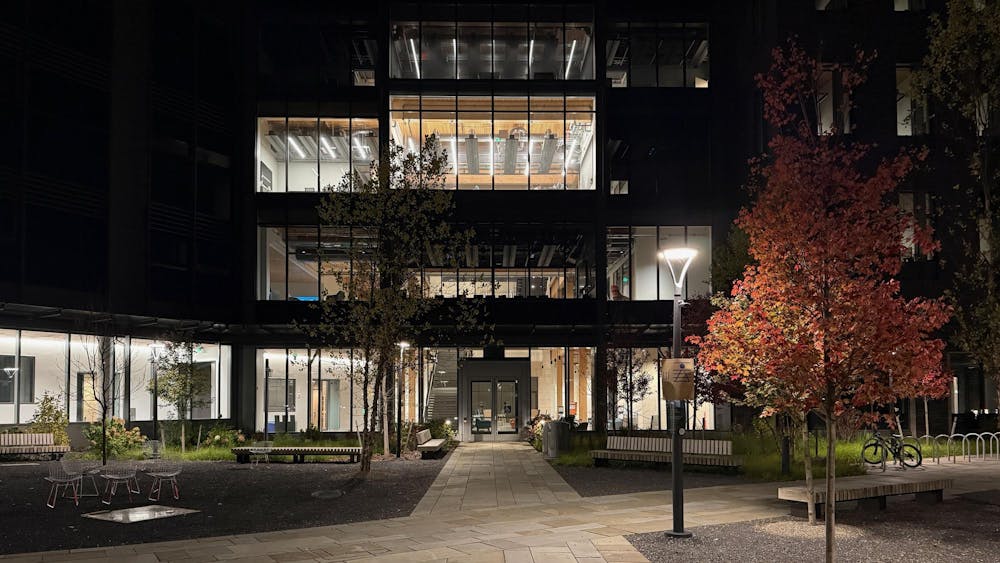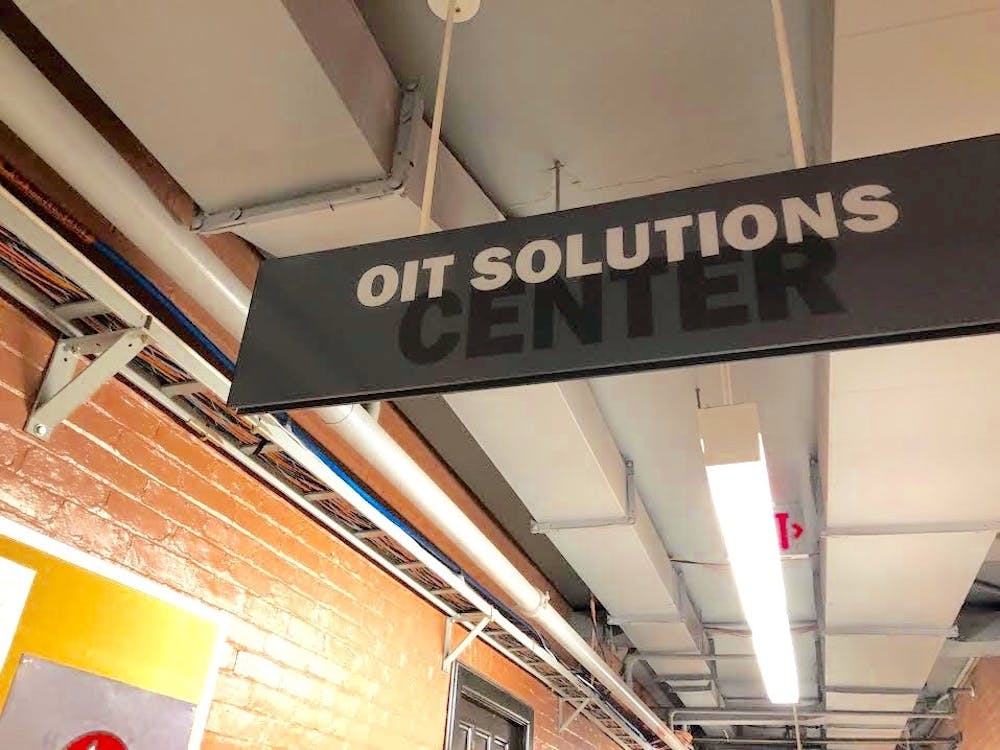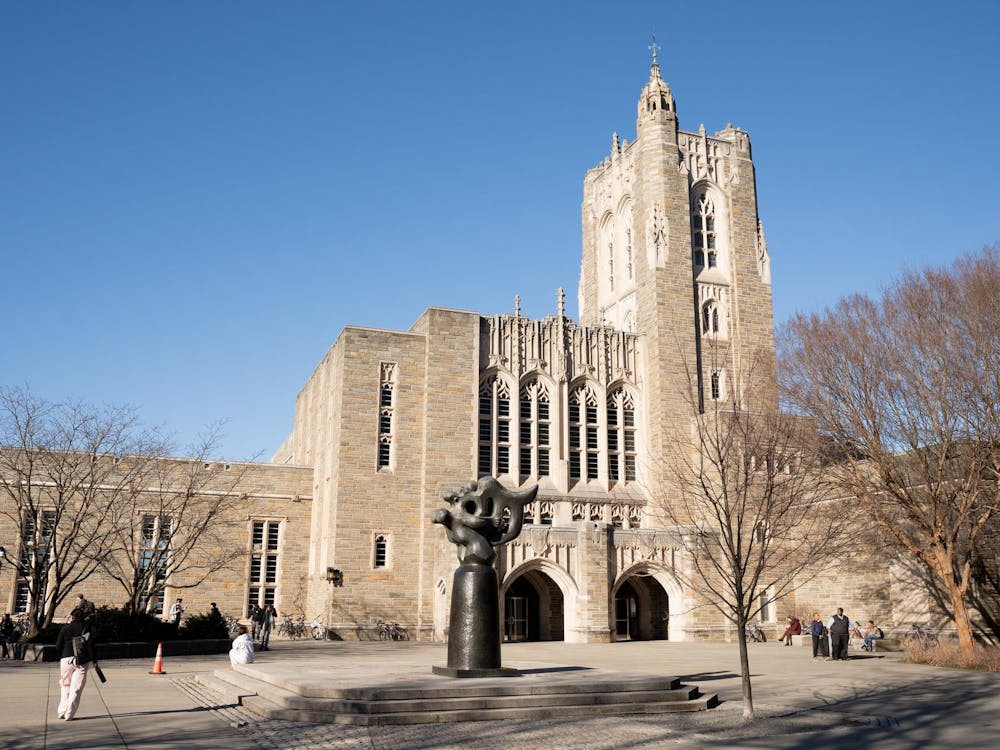In an era of federal funding cuts to Princeton, surprisingly little has been said in these pages about what to prioritize with Princeton’s own resources. Perhaps we’re not sure what deserves saving, or perhaps no one is willing to make the case for saving one program over another. So I’ll say it: Princeton, if you could only choose to save one thing, save the climate research of the Geophysical Fluid Dynamics Laboratory (GFDL).
The research done at GFDL by Princeton faculty, researchers, postdocs, and graduate students, funded by the federal government, is world-class, essential, lifesaving research. And if Princeton is interested in being “in the service of humanity,” it would do well to devote both funding and political capital to saving the lab.
GFDL is a climate research laboratory operated by the National Oceanic and Atmospheric Administration (NOAA) and located on Princeton’s Forrestal Campus. It hosts a climate research partnership between NOAA and Princeton called the Cooperative Institute for Modeling the Earth System (CIMES).
In April, the Department of Commerce, which oversees NOAA, announced the termination of $4 million in research funding for CIMES and two other Princeton-NOAA collaboration projects. In doing so, it declared that some GFDL research was “misaligned with the administration’s priorities” because it promotes so-called “climate anxiety” in “America’s youth.” Moreover, NOAA has proposed to shutter GFDL entirely in its fiscal year 2026 budget proposal, though whether this will actually happen remains unclear.
For more than half a century, GFDL has been the United States’ flagship climate research laboratory. The lab’s influential first hurricane model and other climate and atmospheric modeling capabilities are the best the U.S. has. Craig McLean, the former top administrator for research at NOAA who served multiple presidential administrations, told ProPublica in April that GFDL is “the best that there is … it’s really a stunningly impressive and accomplished place. It is a gem. It is the gem.”
Research at the federally-run GFDL, much of which is done by or in collaboration with Princeton University researchers, informs our understanding of the climate in both the short and long term, underpinning everything from immediate hurricane forecasts to predictions of future climate change.
“They’ve pioneered climate modeling … used across the world for different countries’ and different agencies’ climate models,” said Gabriel Rios GS, a graduate student in the Program in Atmospheric and Oceanic Sciences (AOS), in an interview with The Daily Princetonian. “They’ve pushed the boundaries of weather prediction.”
The loss of GFDL research “means the loss of capabilities to forecast extreme weather events like tropical cyclones or floods,” said Sofia Menemenlis GS, another AOS graduate student whose research was partly supported by federal grants until the Commerce Department withdrew funding, in an interview with the ‘Prince.’ “I think it’s worth keeping in mind also that GFDL is developing the models that are used to make everyday weather forecasts, and I think that’s immediately useful to people.”
“In addition to the weather reports you see on your phone and to the climate projections that make their way into the news … there’s a lot that we learn in this work that affects other sectors outside of climate and weather,” Rios added.
But GFDL faces a threat to its existence from NOAA’s fiscal year 2026 budget proposal, which would shutter it and every single one of its peers. While the loss of GFDL alone would be devastating, the closure of every federal climate, weather, and ocean laboratory would be catastrophic for our understanding of the climate, the Earth system, tropical cyclones and extreme weather, and much, much more. McLean said that, in sum, the proposed cuts would send us “back to the technical and proficiency levels we had in the 1950s.”
While proposed funding bills maintain similar NOAA research funding, the uncertainty of shutdown negotiations may change that. Losing this research would endanger human lives and imperil our ability to mitigate and adapt to the climate crisis. It would also likely cost the U.S. government billions of dollars it could have otherwise saved by investing in improved climate modeling and research.
And so, of all the options that Princeton has in this moment — save this, cut that — it must save as much of GFDL’s climate research as it possibly can. To do so will require both increased University funding and political advocacy.

Princeton must fill the $4 million shortfall caused by the government’s pullout and support the impacted graduate students, postdocs, and their research. This also helps prevent funding opportunists, like fossil fuel companies, from potentially taking advantage of researchers through conditional funding, jeopardizing academic freedom, and steering research away from the public good. The University could also aggressively solicit donations from individual benefactors, foundations, or organizations to provide the funding.
“Princeton has the capacity to fund graduate student and postdoc research, and the AOS program is a Princeton program. So Princeton has the capacity to step in and fund graduate students, fund postdocs, fund the resources they need to do climate science research,” Menemenlis said. Instead, for now, Princeton has paused admissions for new AOS graduate students. Just as the University funds some research and labs, it should do so for Princeton’s climate researchers to preserve a critical public service.
Princeton must also advocate to ensure that congressional funding for NOAA laboratories is maintained. The University has gone to bat for GFDL like this before: In 2011, when Princeton’s research enterprise, including GFDL, faced potential research funding cuts, the ‘Prince’ reported that “Princeton representatives conducted meetings with the New Jersey congressional delegation and key congressional committees to explain the benefits of investment in science. Princeton was also part of a broader lobbying effort by the Association of American Universities.”
By devoting itself to saving GFDL’s research once again, with both financial and political capital, the University has the opportunity to truly “Stand Up for Princeton” — and more importantly, lifesaving research. Some might want to save free food or merchandise from budget cuts — but if Princeton wants to save lives and money and world-class climate research, I say: If you’re going to save anything, save GFDL research.
Isaac Barsoum ’28 is a sophomore prospective Politics major from Charlotte, N.C., who can’t do enough math to get a climate modeling grant but thinks they’re necessary anyway. You can read his column here. You can reach him at itbarsoum[at]princeton.edu.








